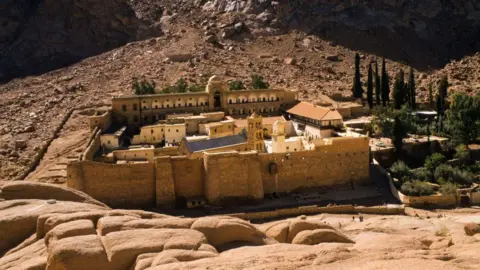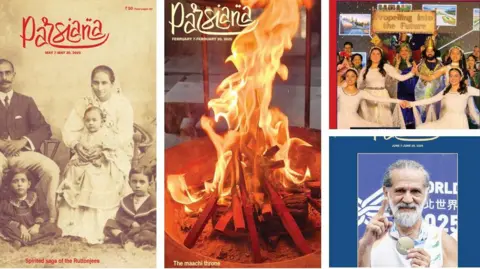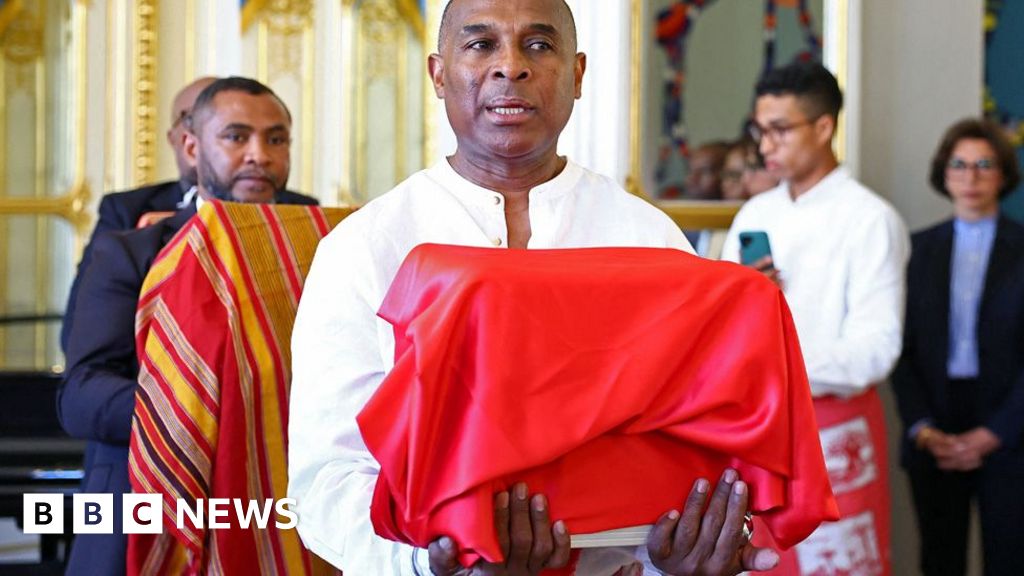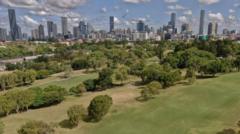Nestled in a quiet lane at the southern tip of Mumbai, the Framji Dadabhoy Alpaiwalla Museum stands as a testament to the enduring legacy of the Parsi community, followers of one of the world’s oldest religions, Zoroastrianism. As their population dwindles to an estimated 50,000 to 60,000 globally, this newly-renovated museum seeks to bring to light their storied past and cultural richness.
The Parsis, descendants of ancient Persians fleeing religious oppression, have significantly impacted India’s socioeconomic landscape despite their small numbers. "Our aim is to enhance awareness and appreciation of the Parsi heritage through unique historical artifacts," shared Kerman Fatakia, the museum curator.
Among the treasures displayed are cuneiform bricks, terracotta vessels, and coins from ancient civilizations like Babylon and Mesopotamia, with origins tracing back to 4000-5000 BCE. One standout exhibit is the replica of the Cyrus Cylinder, a significant artifact believed to represent early human rights, reflecting the values touted by the ancient Achaemenid Empire.
Maps illustrating the migration patterns of Zoroastrians to India provide context to their turbulent history, as they sought asylum from persecution in their homeland between the 8th and 10th centuries and again during the 19th century. Artifacts, portraits, and manuscripts honor illustrious Parsis like Jamsetji Tata, who founded the Tata Group and impacted various industries including automobiles and tea.
A significant section of the museum also highlights the Parsi involvement in international trade during the 19th century, particularly in tea, silk, cotton, and opium. Displayed sarees showcase the artistic influences from diverse global cultures as a result of these exchanges.
Among the museum's captivating exhibits are life-sized replicas of a Tower of Silence and a fire temple, pivotal structures in Zoroastrian practices. The Tower of Silence is where deceased Parsis are laid to rest in harmony with nature, while the fire temple provides insight into spaces usually reserved for the Parsi community.
Originally established in 1952, the Alpaiwalla Museum provides an intimate look into Parsi life and rituals. "Though small, the museum is filled with historical significance," Fatakia remarked, emphasizing its role as an educational resource for people both within India and beyond.
Each guest is treated to a guided tour, enhancing their understanding of the Parsi way of life and fostering a deeper appreciation for a culture gradually fading into the background of modernity.



















